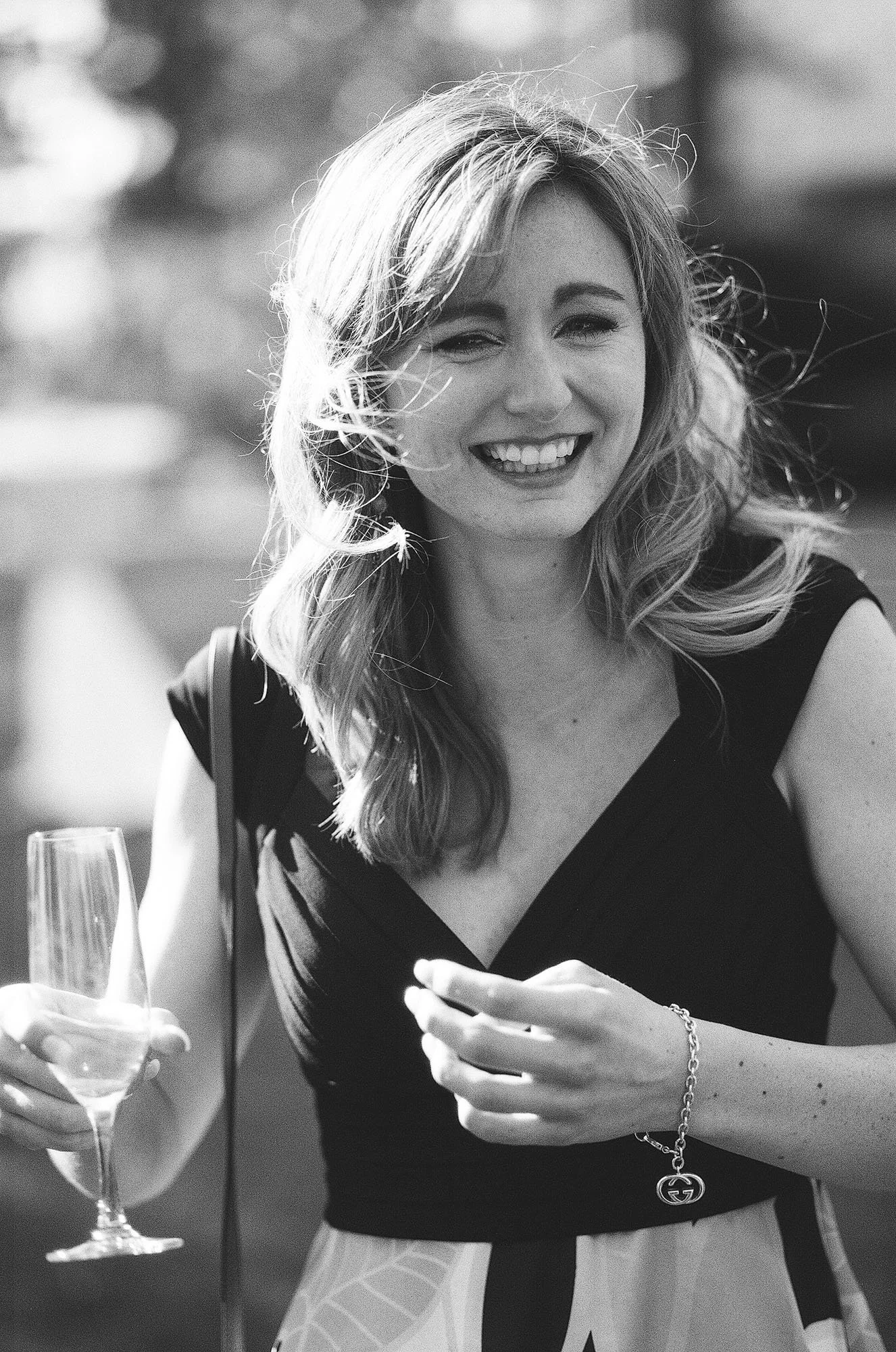Film Photography: Why I'm Re-Learning How To Shoot
Film Photography
Until this year, I hadn't touched a roll of film since 2010. It was an average-weather day in October, and I was wandering through a nature park with a friend shooting nature and landscape photos. I had been shooting with a digital camera since 2005 (still a bit late to the party, as most pros had gone digital before that) but I made a point of trying to shoot film when I could. My mantra was, "I shoot digital for the things I'm paid to shoot, and film for the things I want to shoot". There were always the "digital quality just isn't there yet" arguments, but for me there was another reason to shoot film. It feels permanent. A digital photo is really nothing more than a complex sequence of 1's and 0's. A film photo is a real, physical thing. It can be brought into reality by the simple push of a button, but it can't be erased the same way. A digital file can.
The End of an Era
As time went on and I started to do more paid work, film fell by the wayside as I started shooting exclusively digital. Who can blame me? I was able to see my shot right after taking it, I didn't have to spend any time scanning negatives, and RAW files offer a ridiculous amount of post-production flexibility for anyone who knows how to work them. All that, and it didn't cost me anything to push the shutter button, either.
But it's just not the same.
I'm not talking about the look of the image or any of the physical characteristics of film, although those points are certainly valid. I'm talking about the images themselves and how you create them. Shooting with film is simply a different creative process. One of the biggest advantages to digital is that you can shoot all you want without spending any money, but in a way that's also its biggest disadvantage.I've become quite fond over the years (I can't believe I'm old enough to say "over the years") of saying, "the more you shoot, the less you think about shooting". When you shoot 3000 images in a day, you aren't spending too much time thinking about your shots. That's the danger of digital.
Less Is More
I recently found an image online that featured a roll of 120 film next to a 35mm cartridge and an SD card. Under the roll of 120, it said, "12 shots. 6 are good". Under the 35mm roll: "36 shots. 6 are good". Under the SD card, it said, "2000+ shots. 6 are good". To me, this is a perfect example of something being funny because it's true.20 years ago, a photographer would have gone to a wedding and shot somewhere between 150 and 400 photos at most. Many of those shots would have been great both technically and aesthetically, and manipulation, if necessary, was minimal. Today, a photographer will shoot as much as ten times that number. But is the percentage of good shots the same? Nope. The same photographer that would take a few hundred photos in the past has become what I call a "machine-gun photographer". Their approach is "spray and pray". Take as many photos as you can and hope that the sheer volume gives you a few good shots.
The turning point.
As much as I tried to resist that approach (and I'm still fairly conservative in the number of shots that I take), I could see the number of photos I shoot during a wedding going up year to year. When I first started shooting weddings, I might go home with about 500-600 shots from a full day of shooting. When I work as a main shooter, that number is over twice as high now. It really hit me when I finished a recent wedding that was only 2 hours long and somehow I managed to shoot over 600 shots. I used to take an entire day to shoot that much!So why am I going to start shooting film professionally? Because I prefer the approach. When you shoot film, your shots are limited. This forces you to spend more time thinking before you push the button. You spend more time interacting with your subjects if you're shooting portraits. You spend more time observing your subjects if you're shooting candids. Your eye and your reflexes become sharper and your photos become better overall. You have the same number of good shots at the end of the day, but far fewer bad ones. I've always been more of a sniper than a machine-gunner: predict your shot, wait for it to happen, and pick the perfect moment to shoot. I developed that skill while shooting sports, and it's served me very well for weddings.



